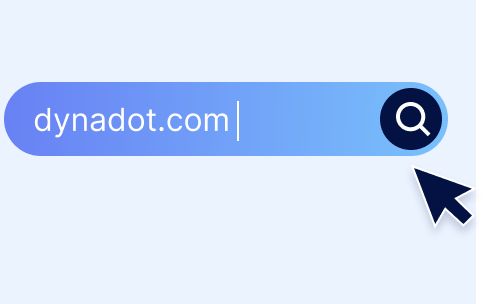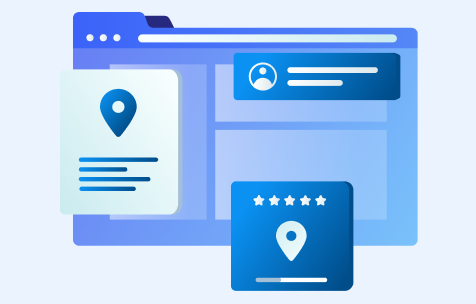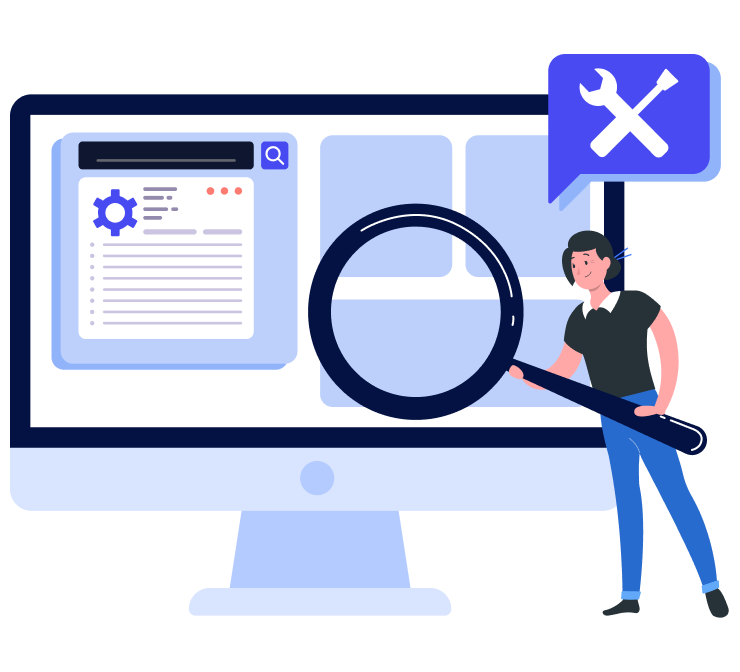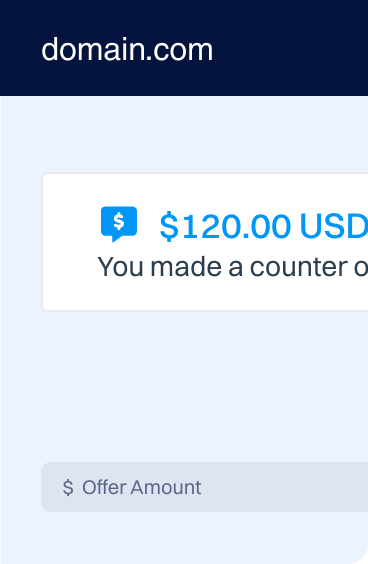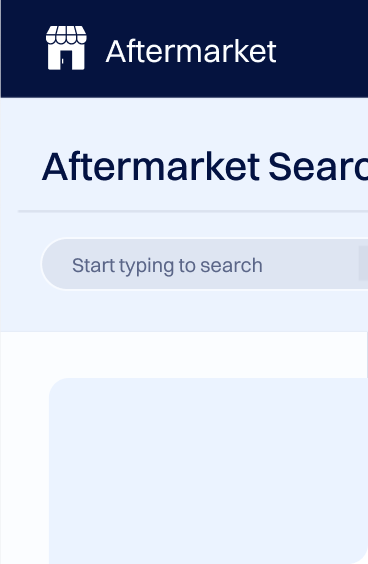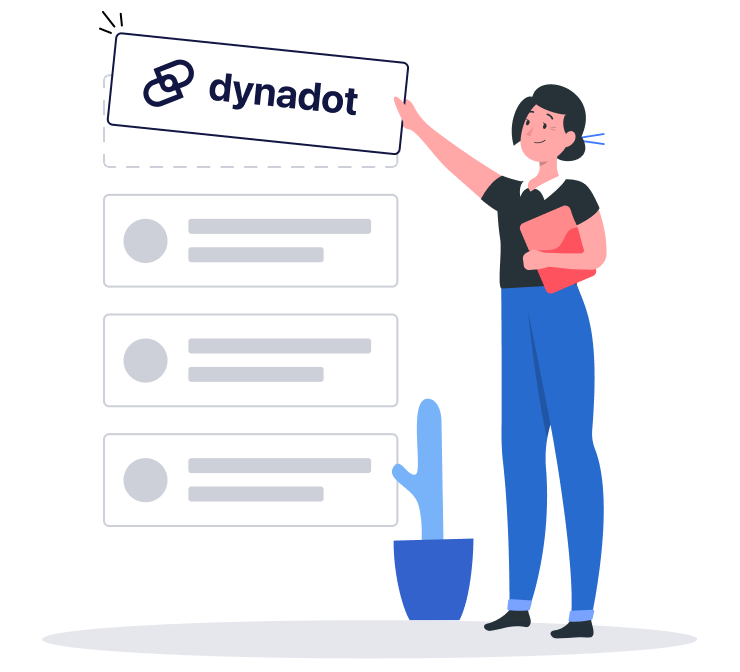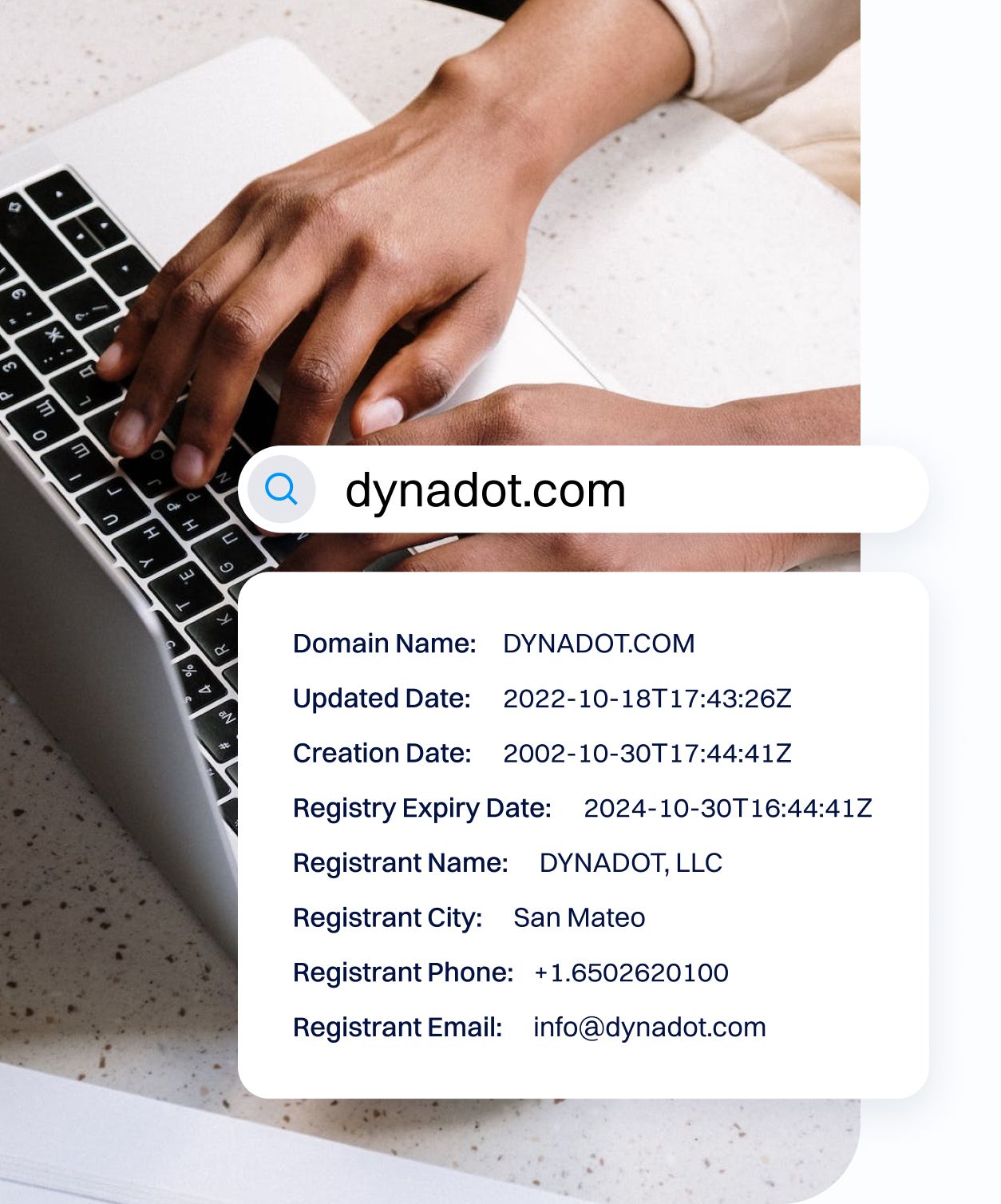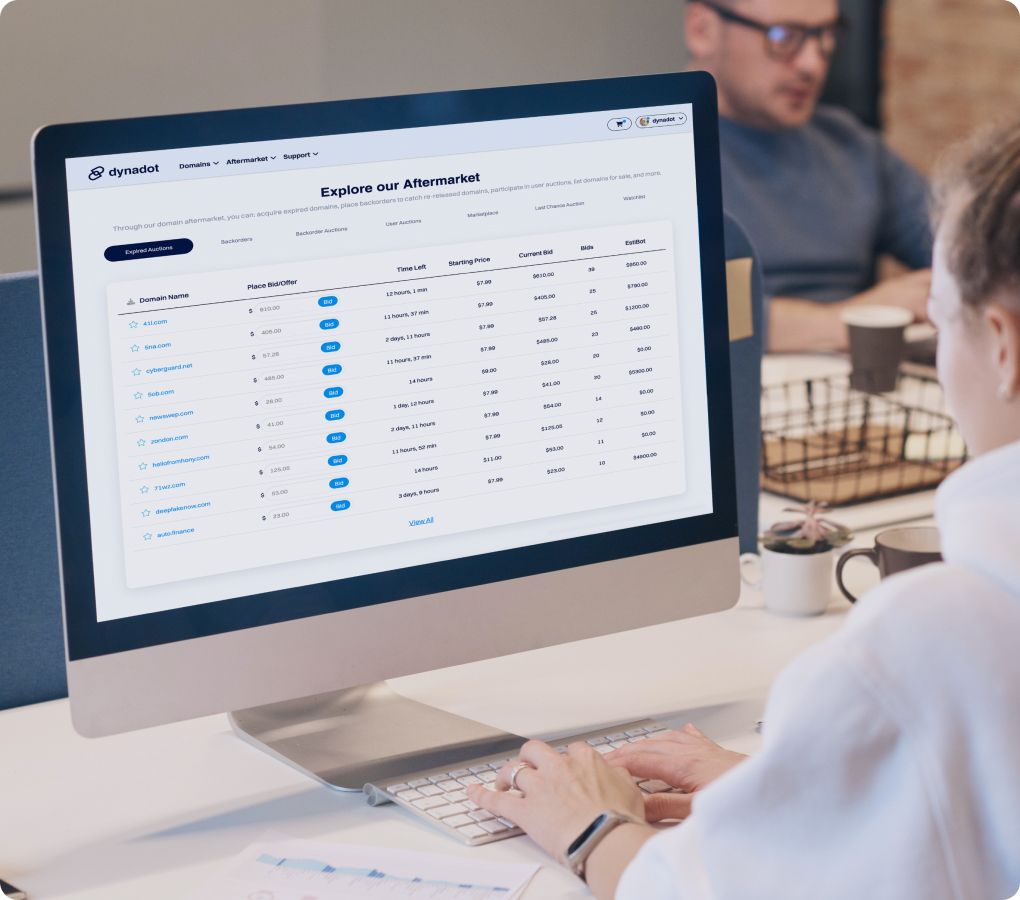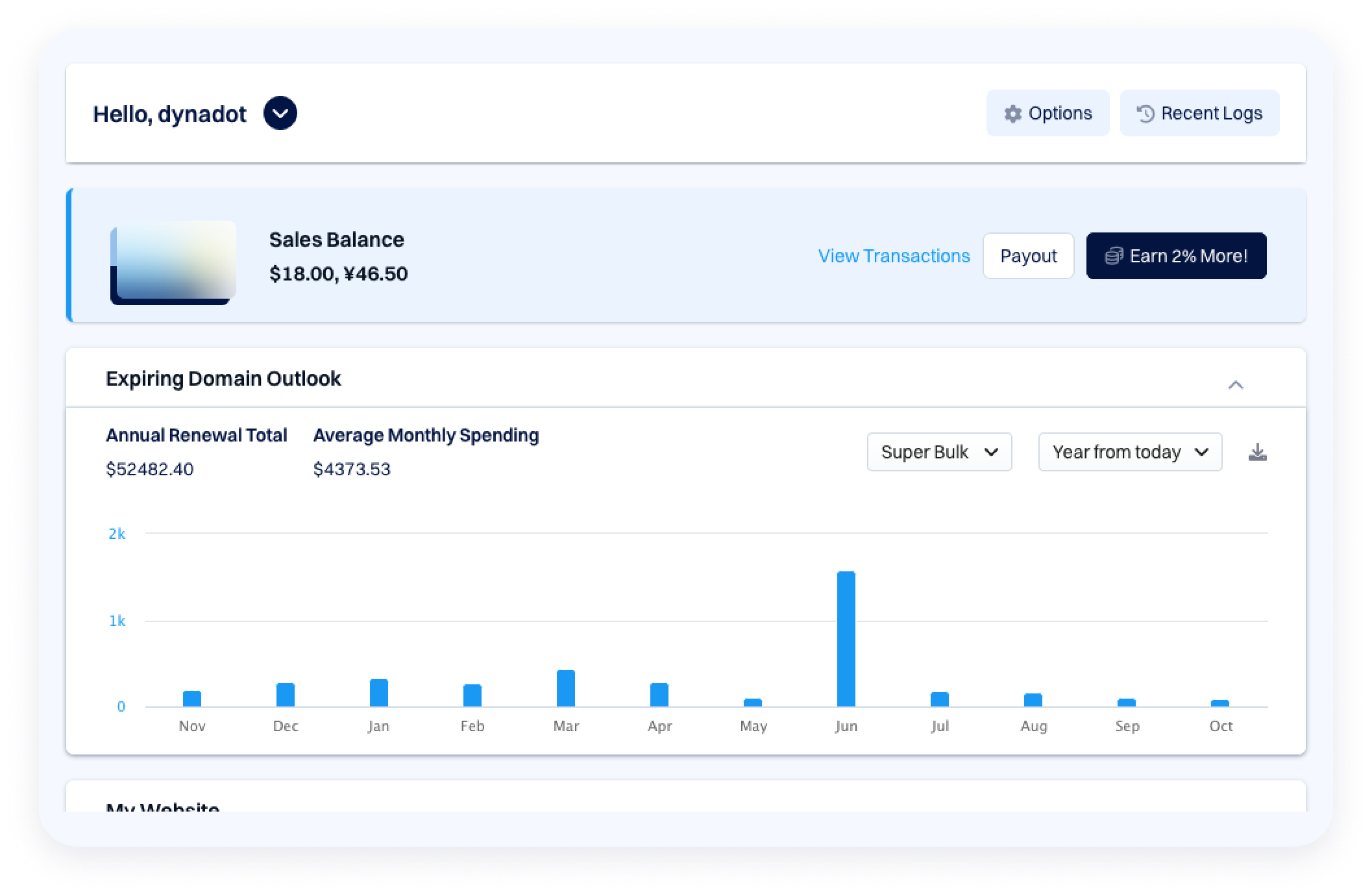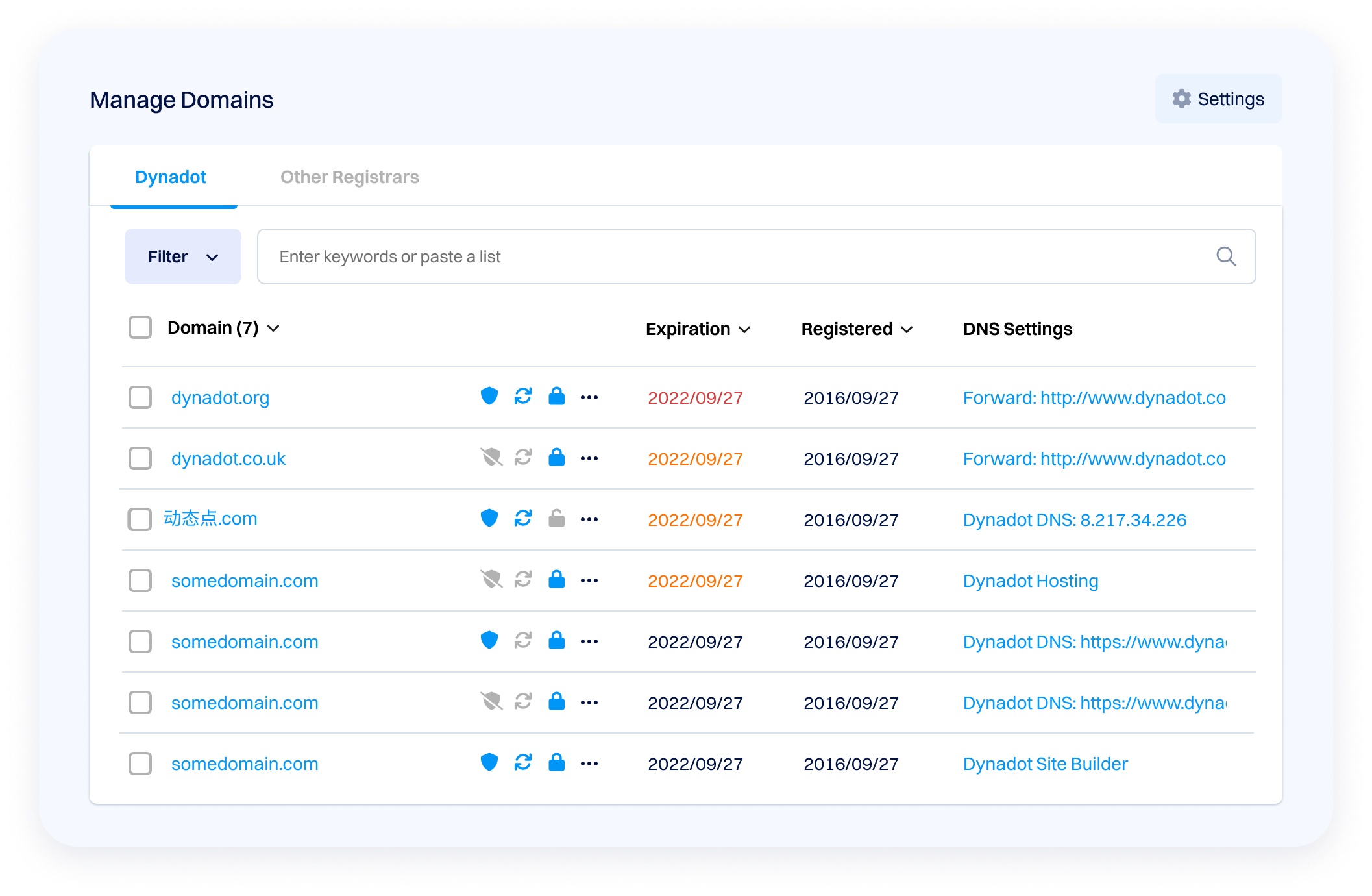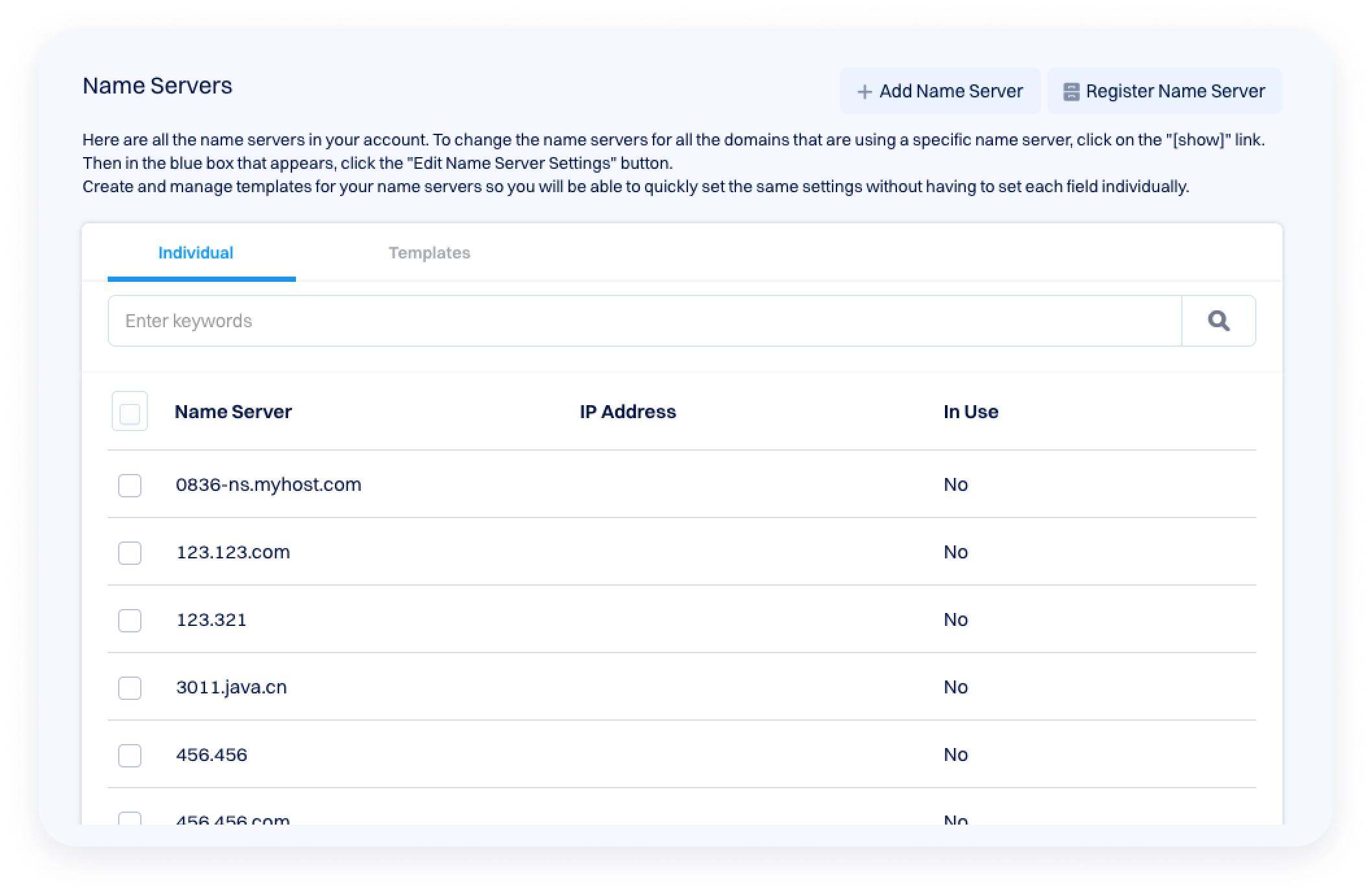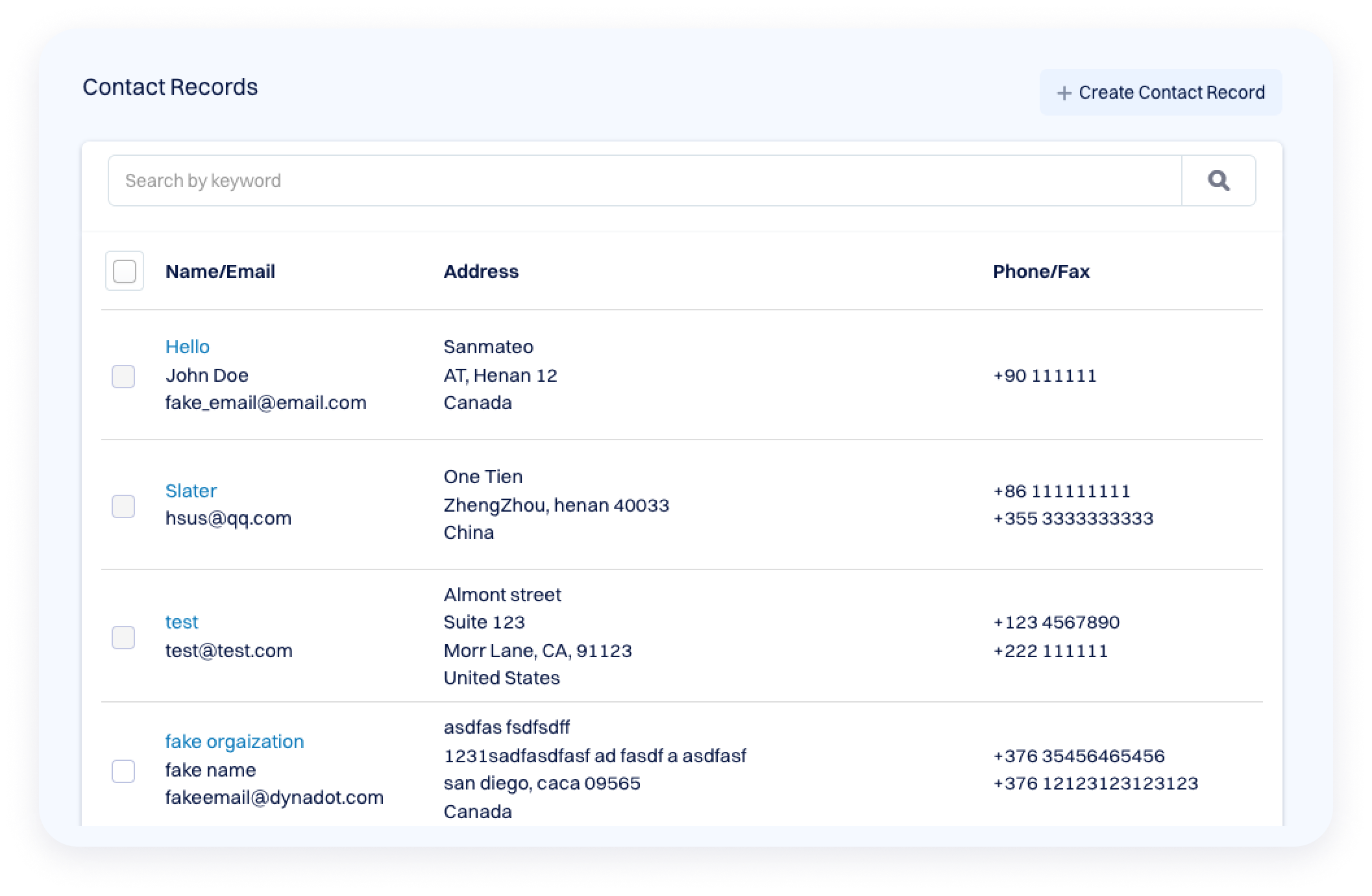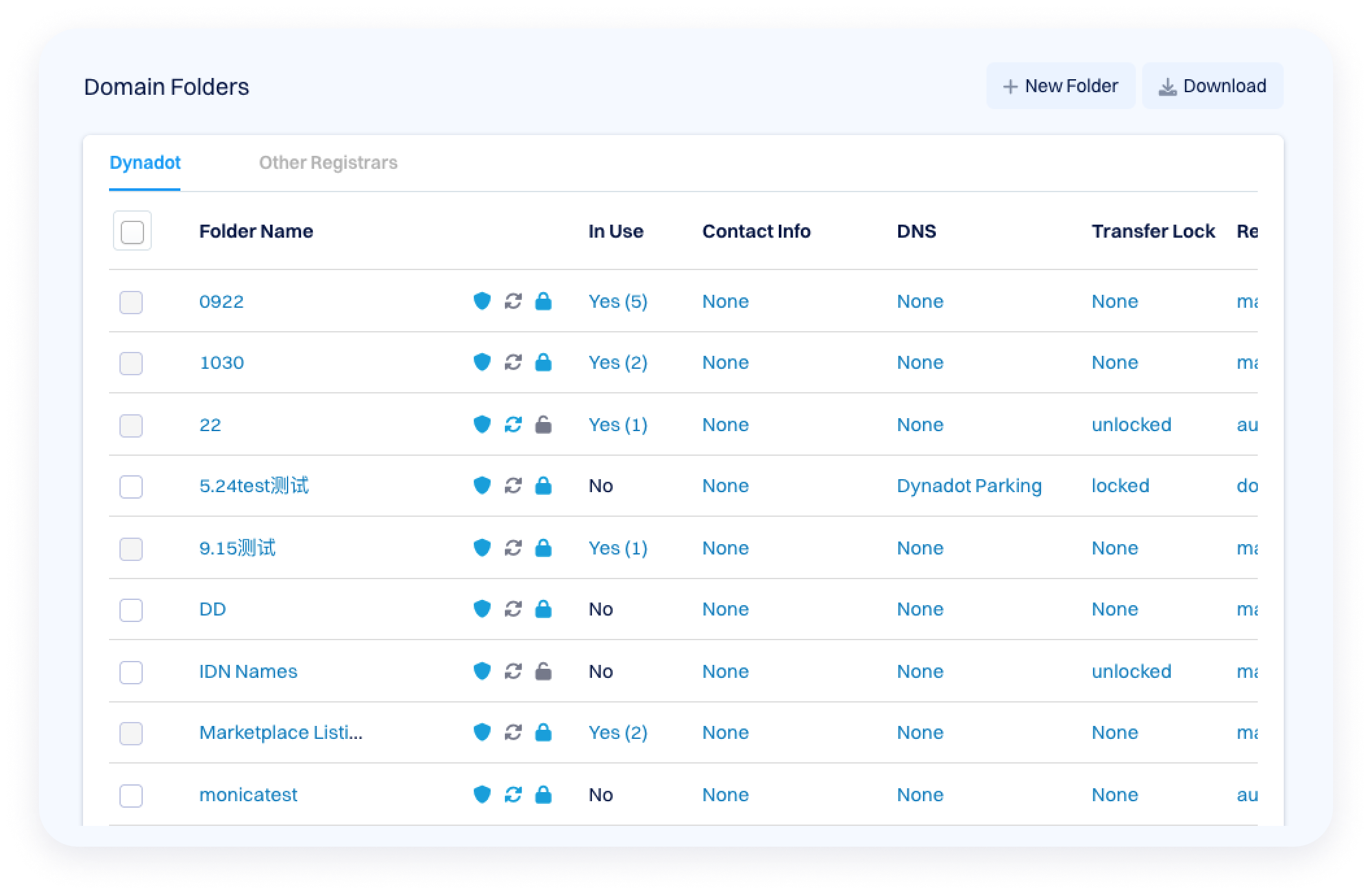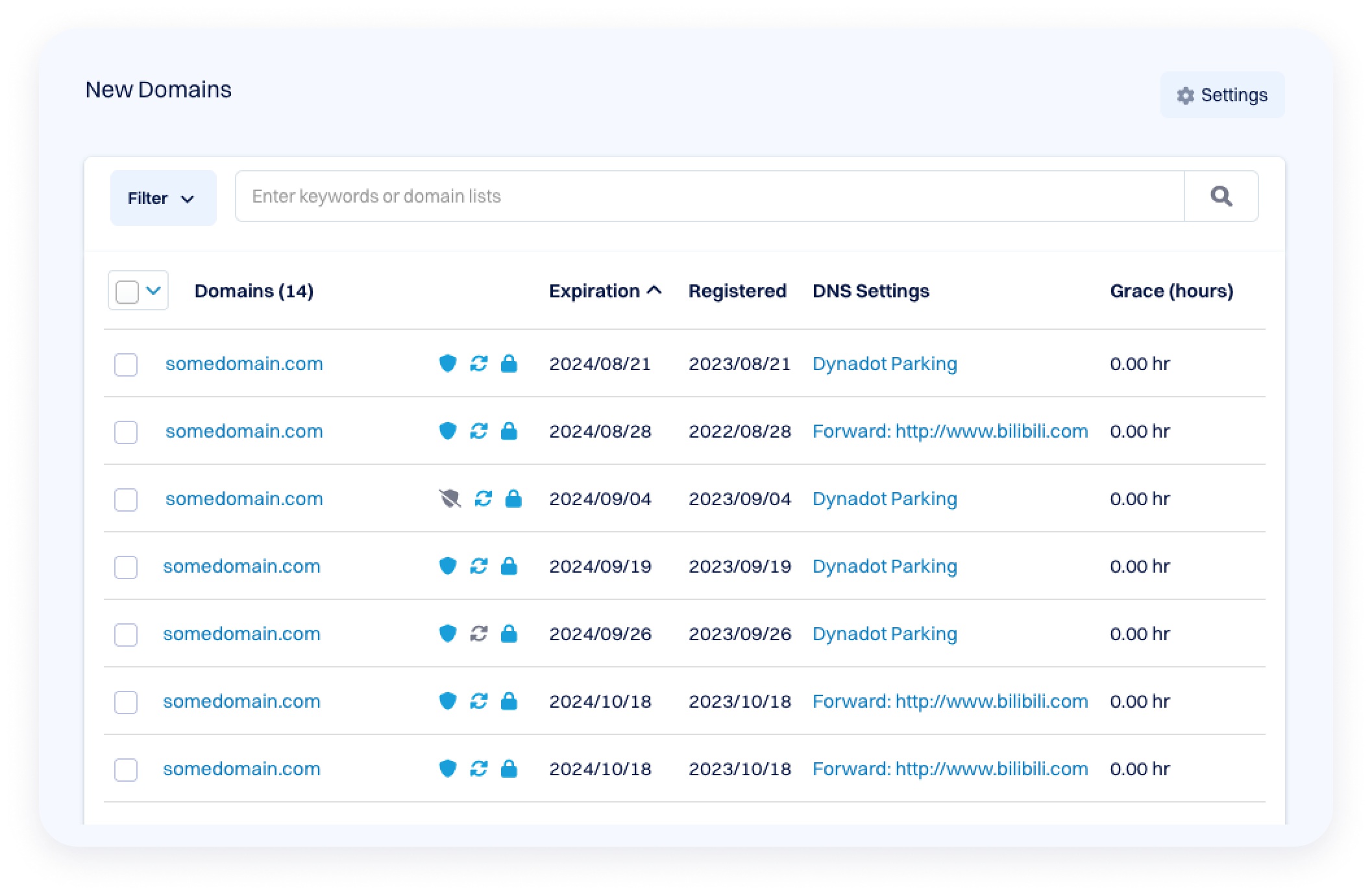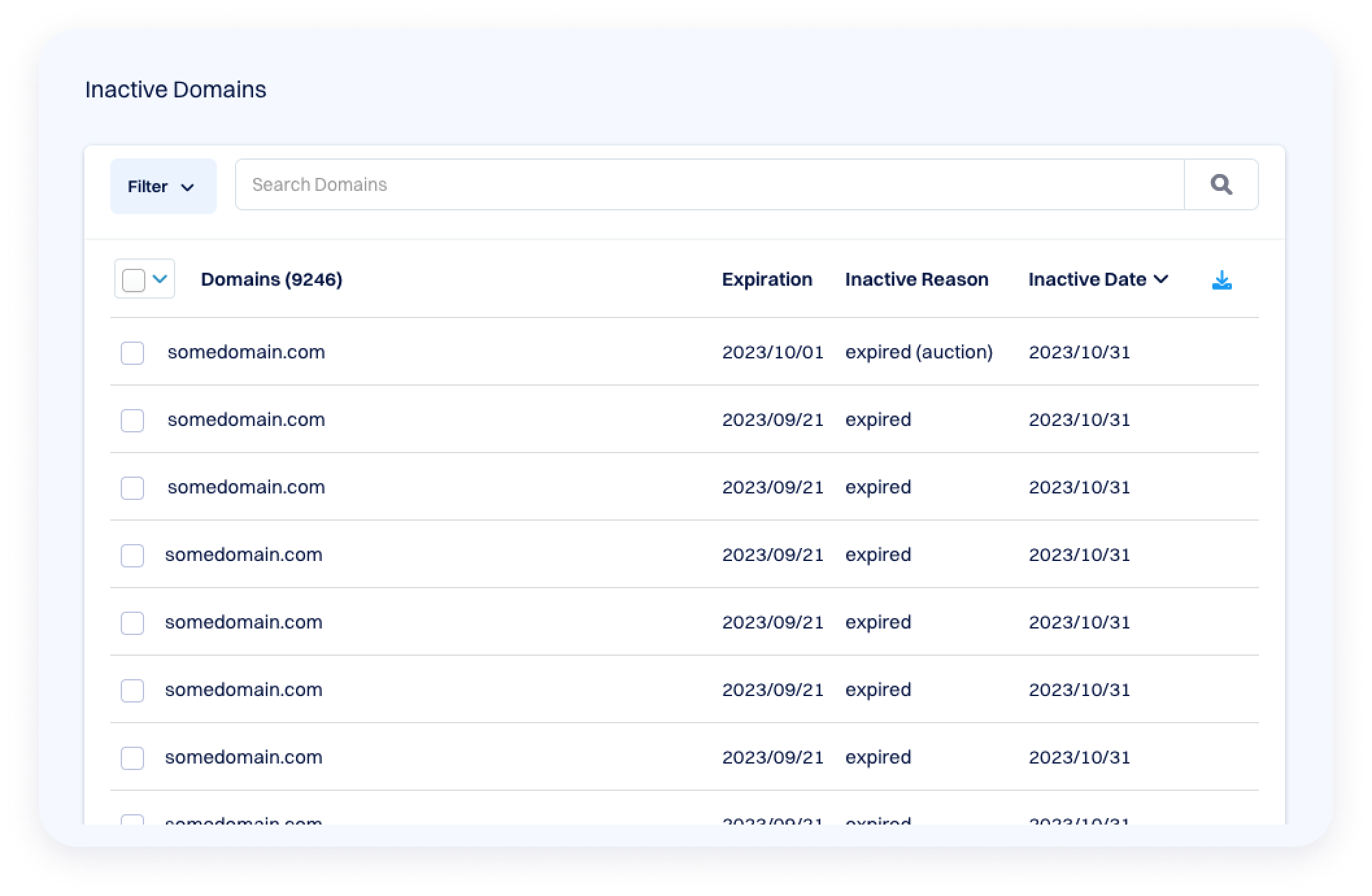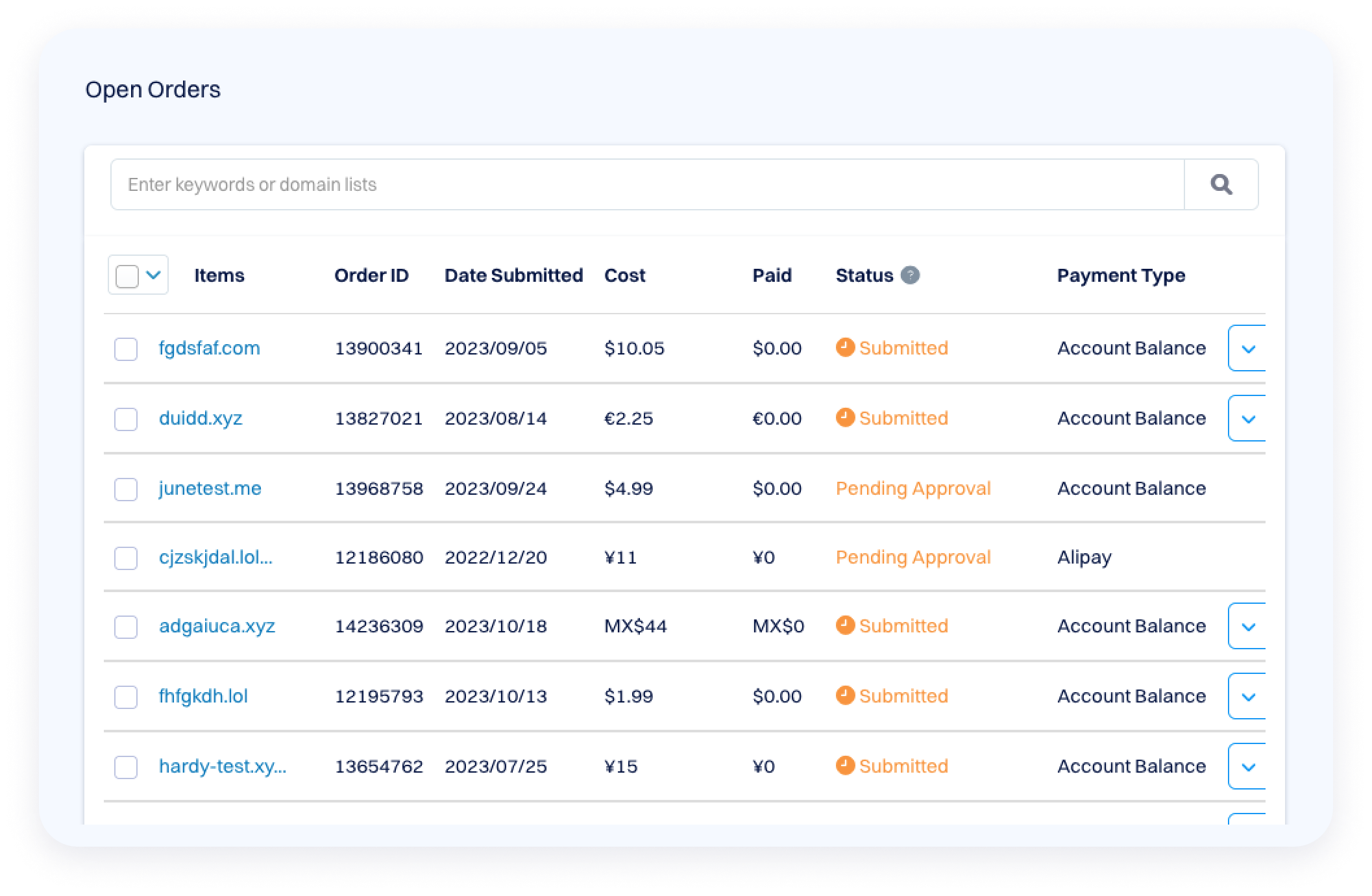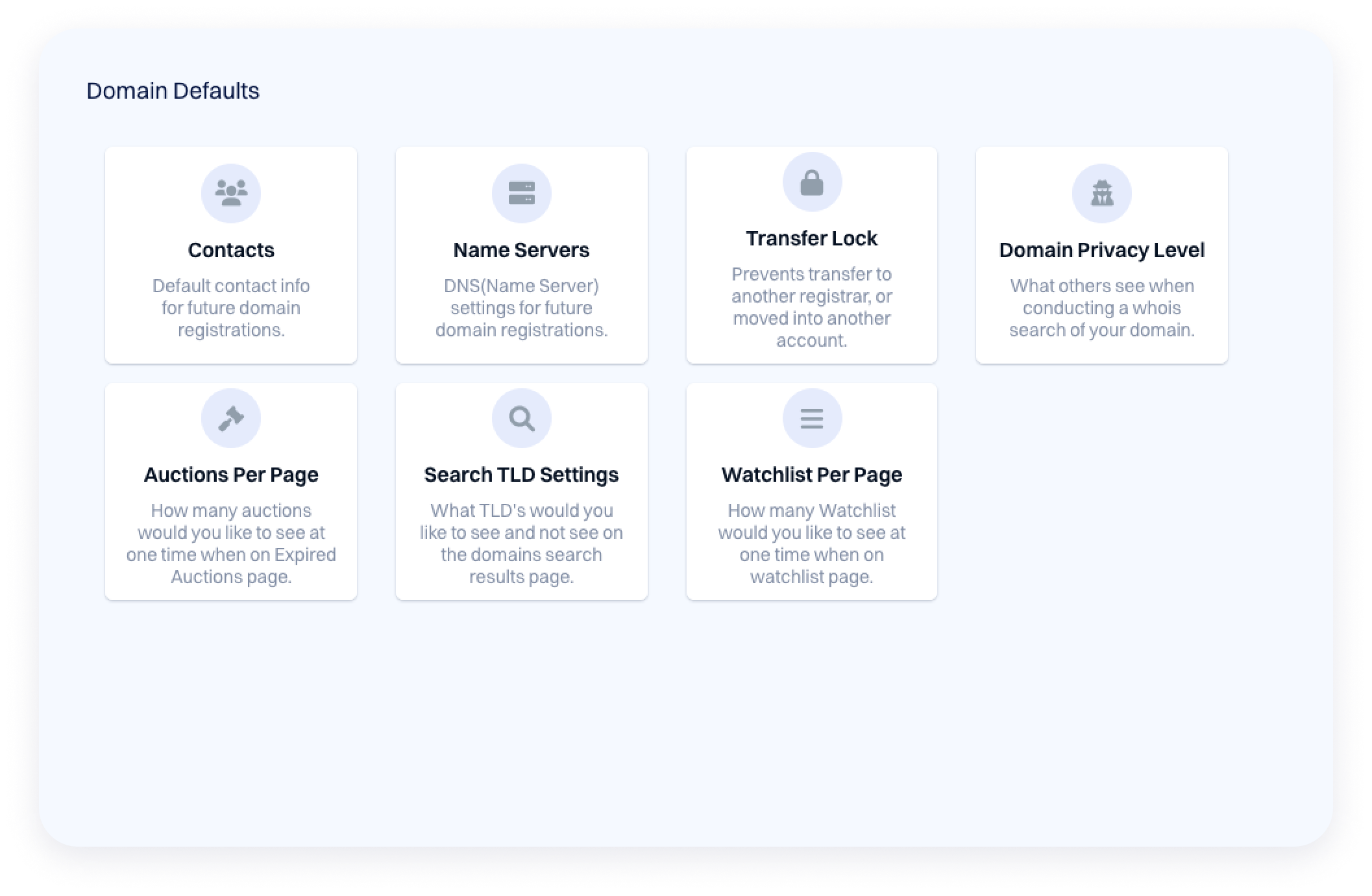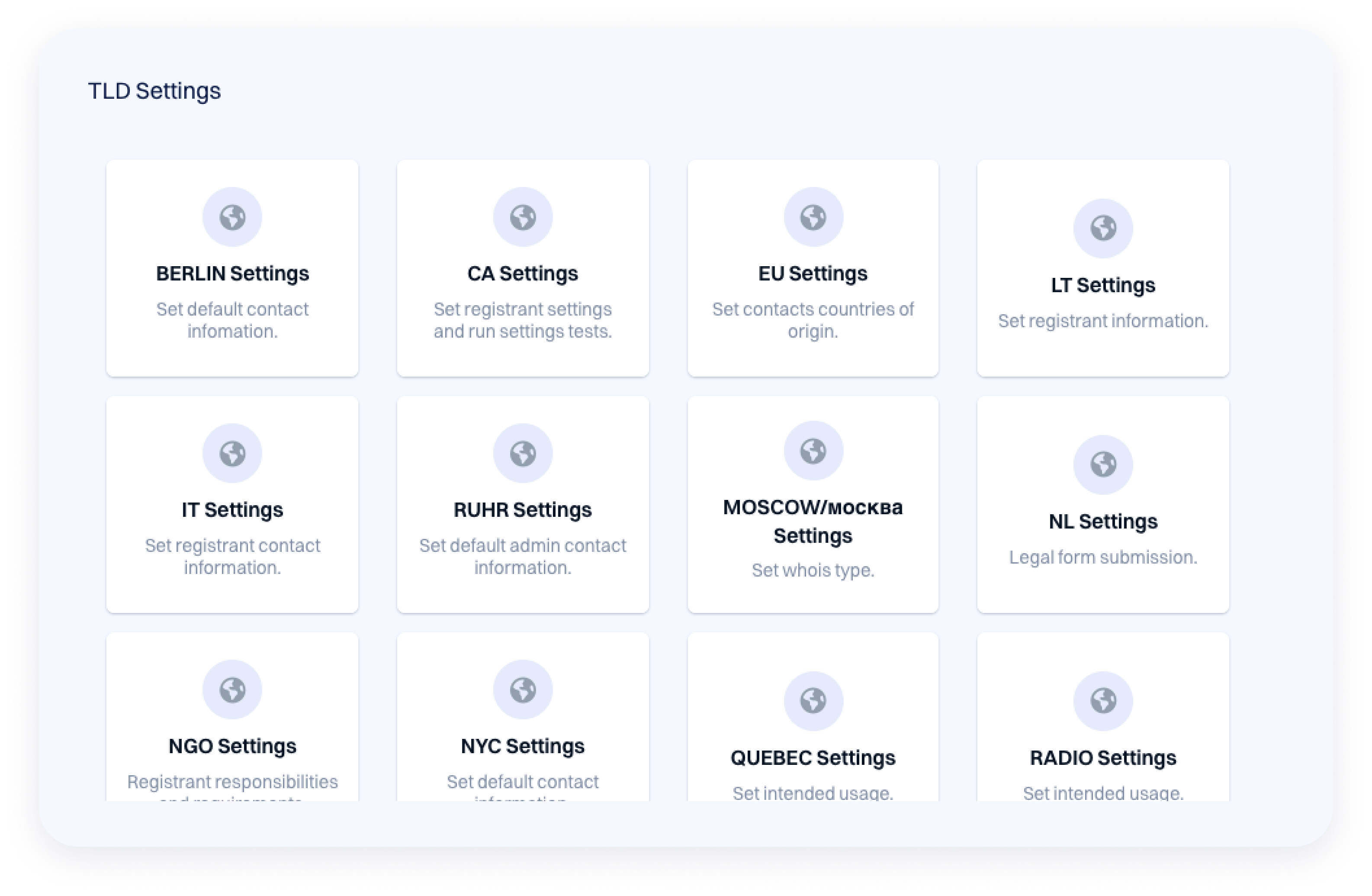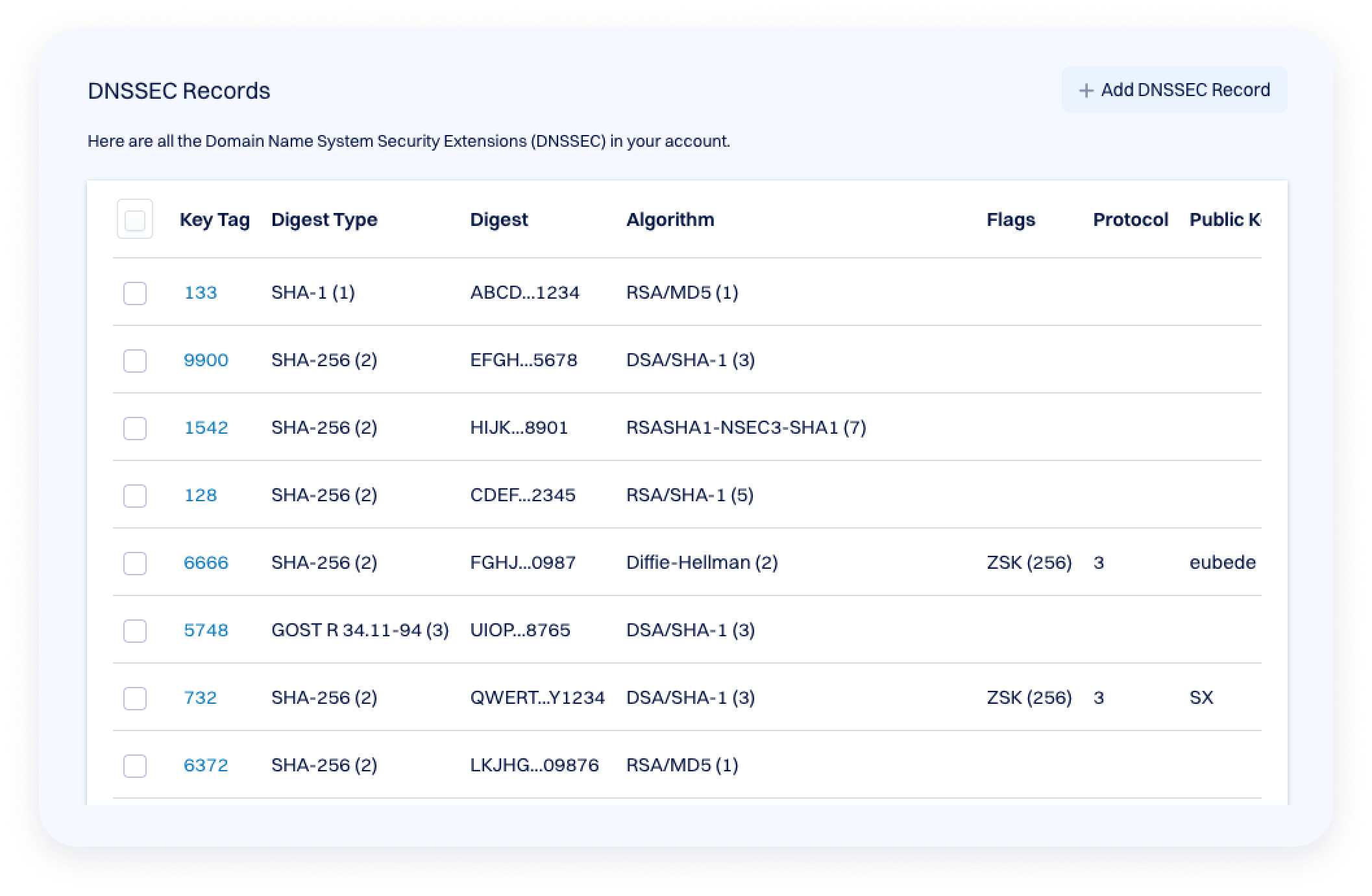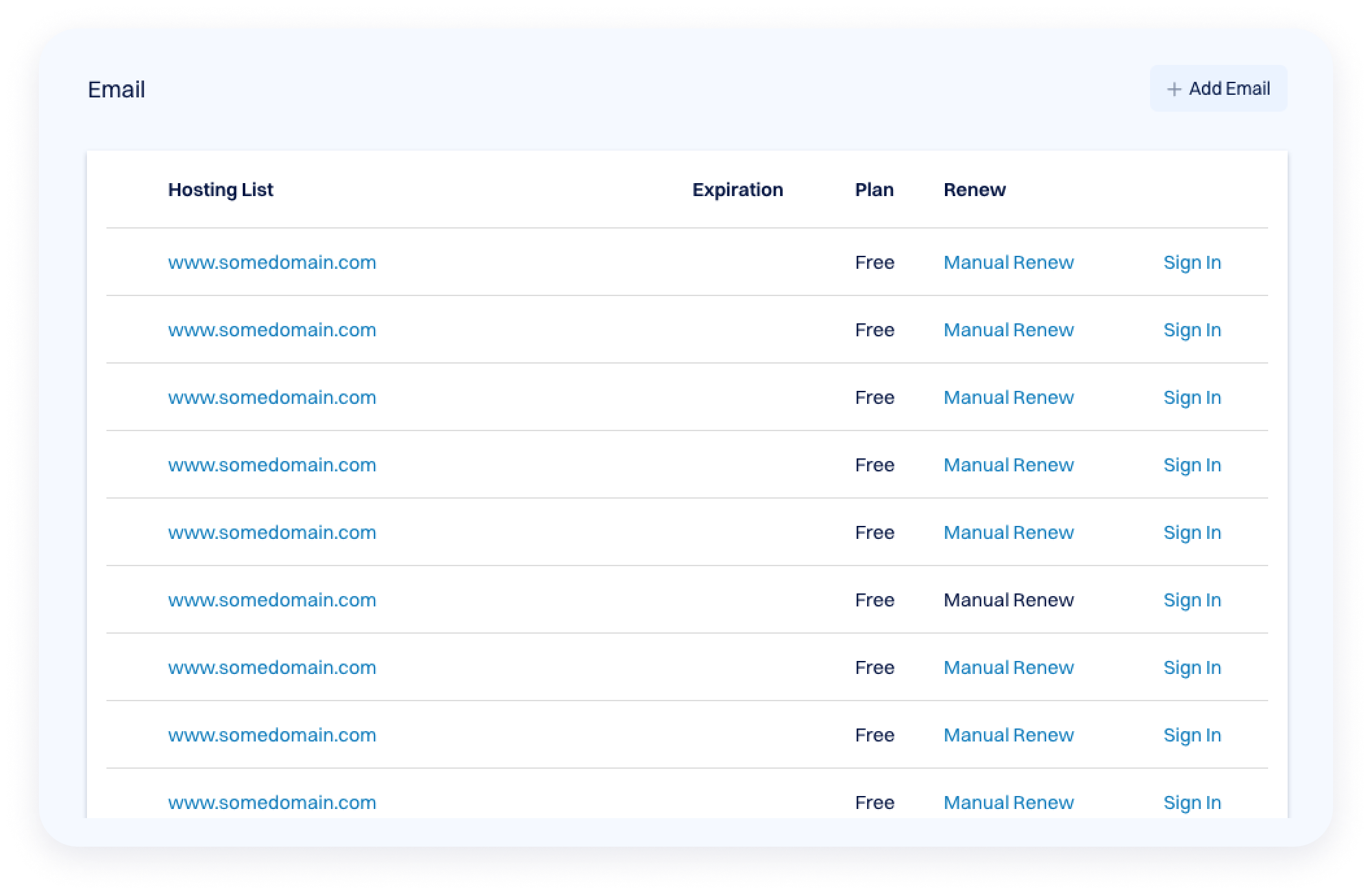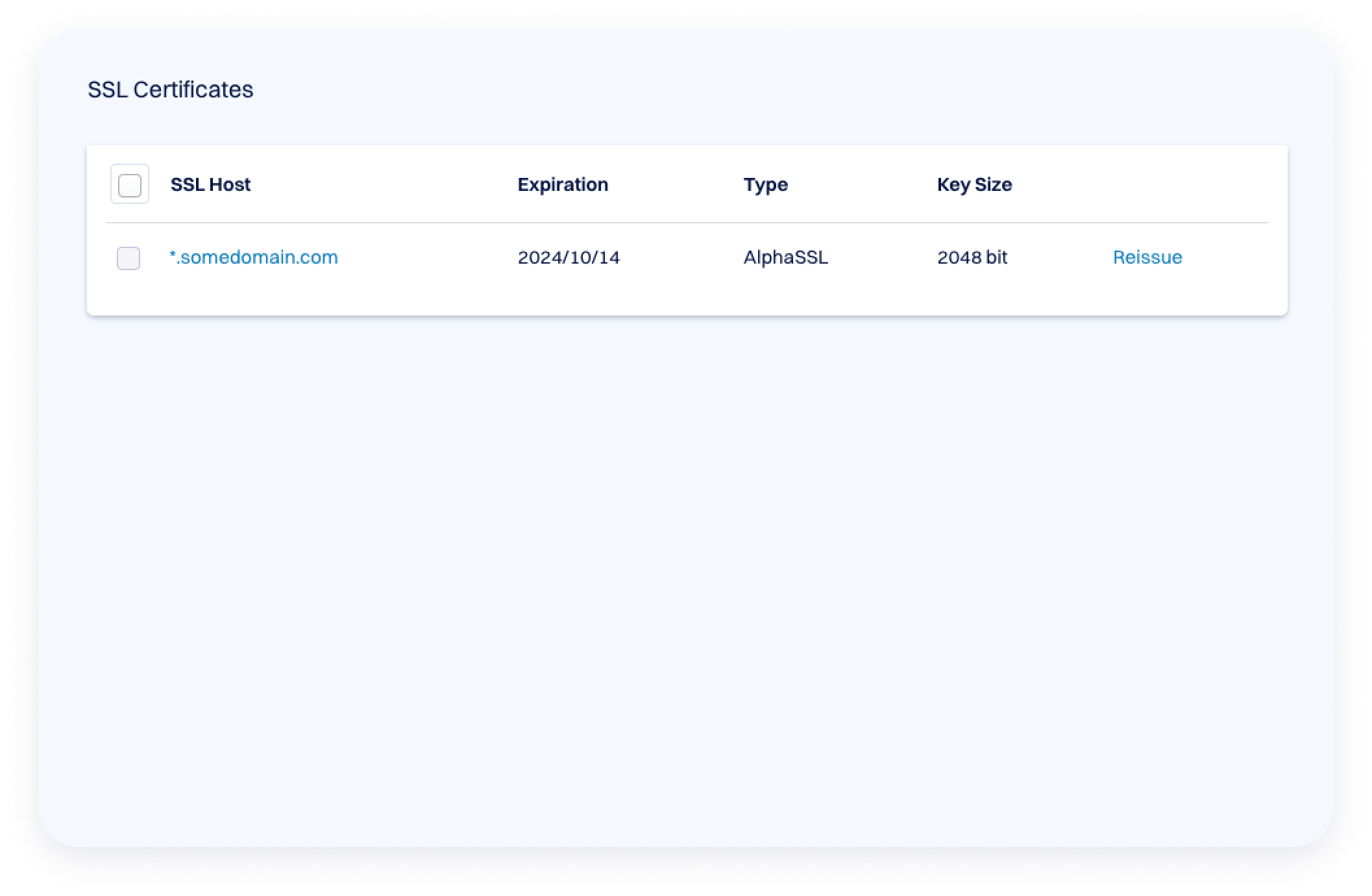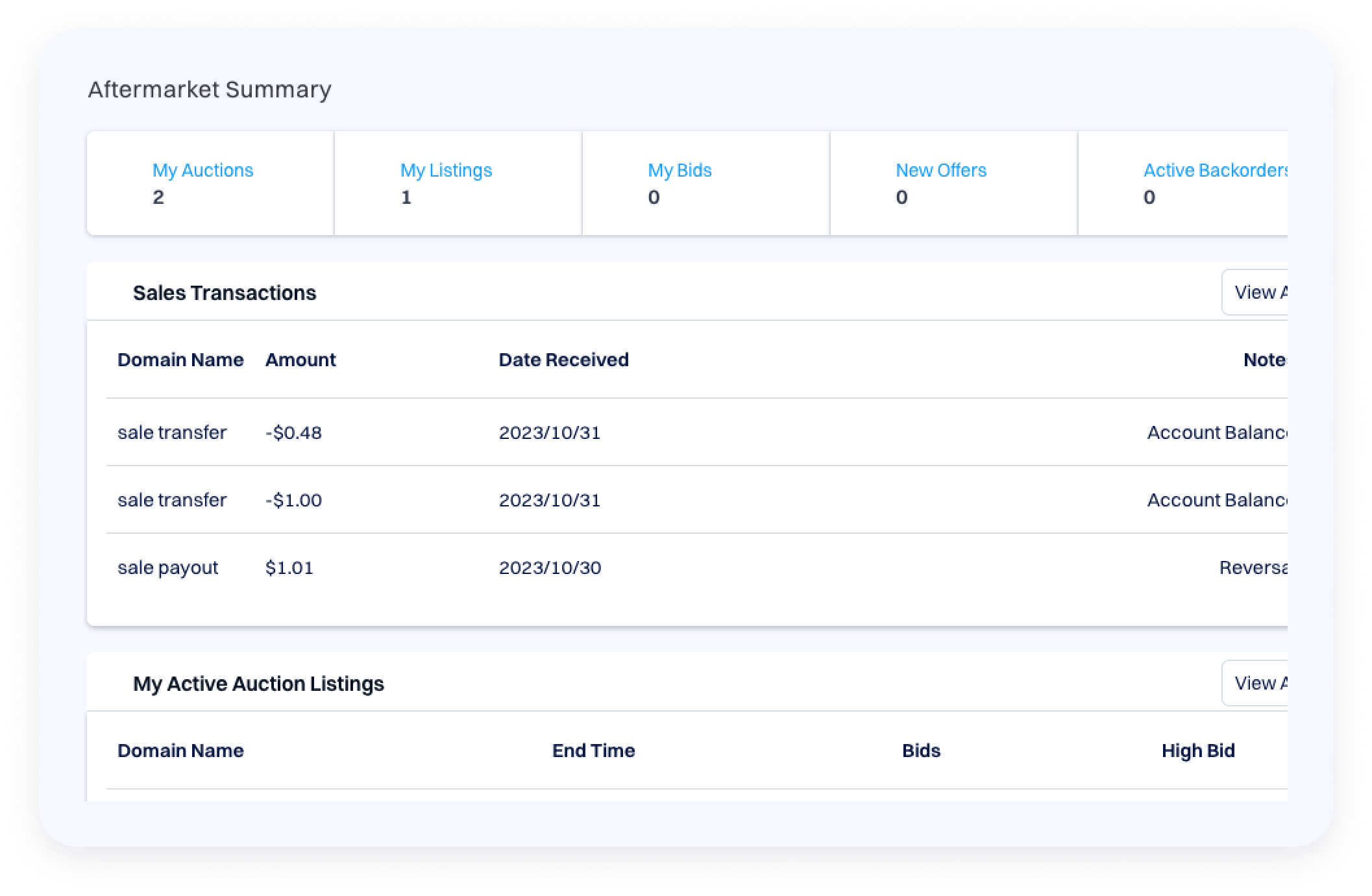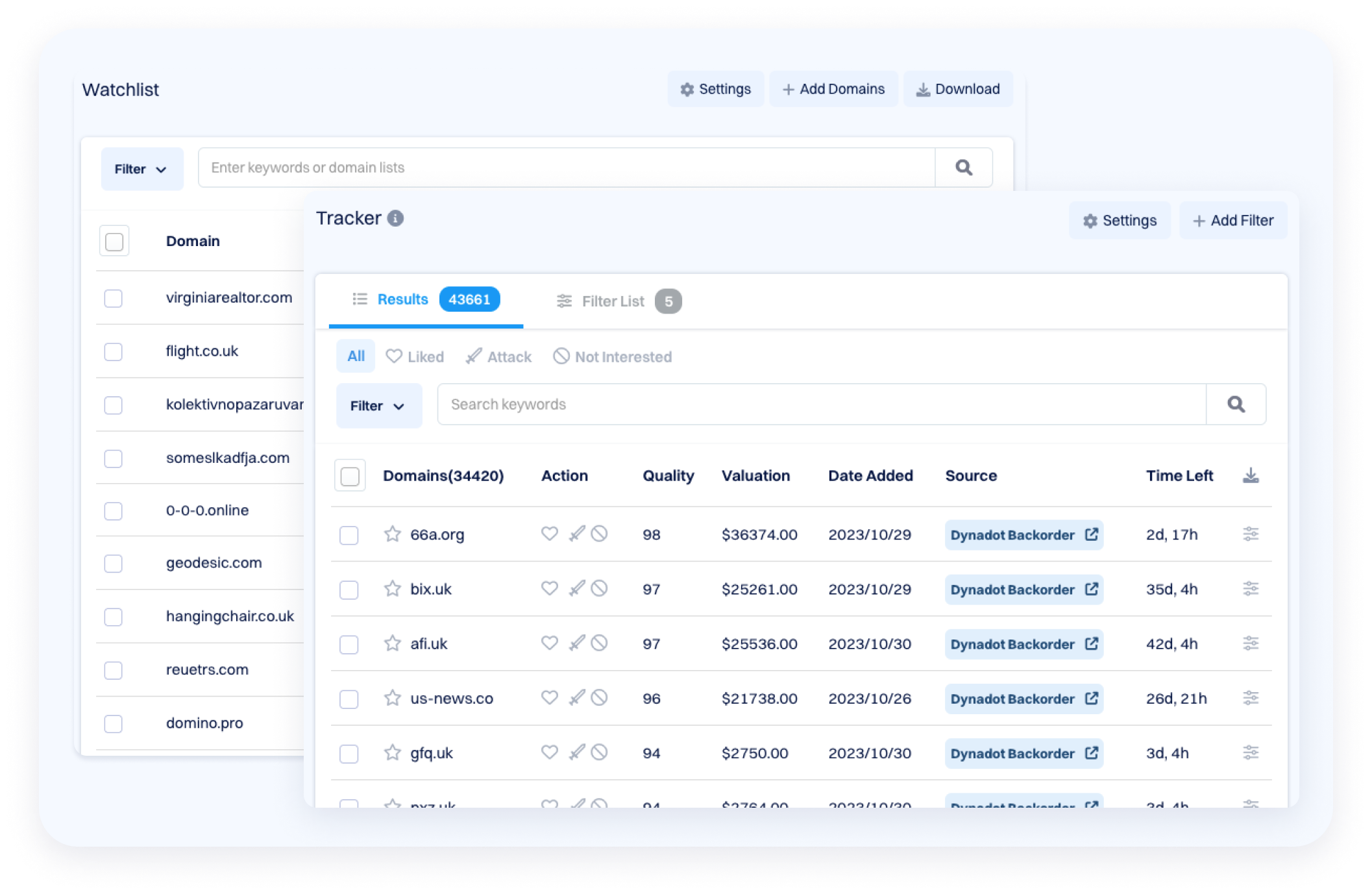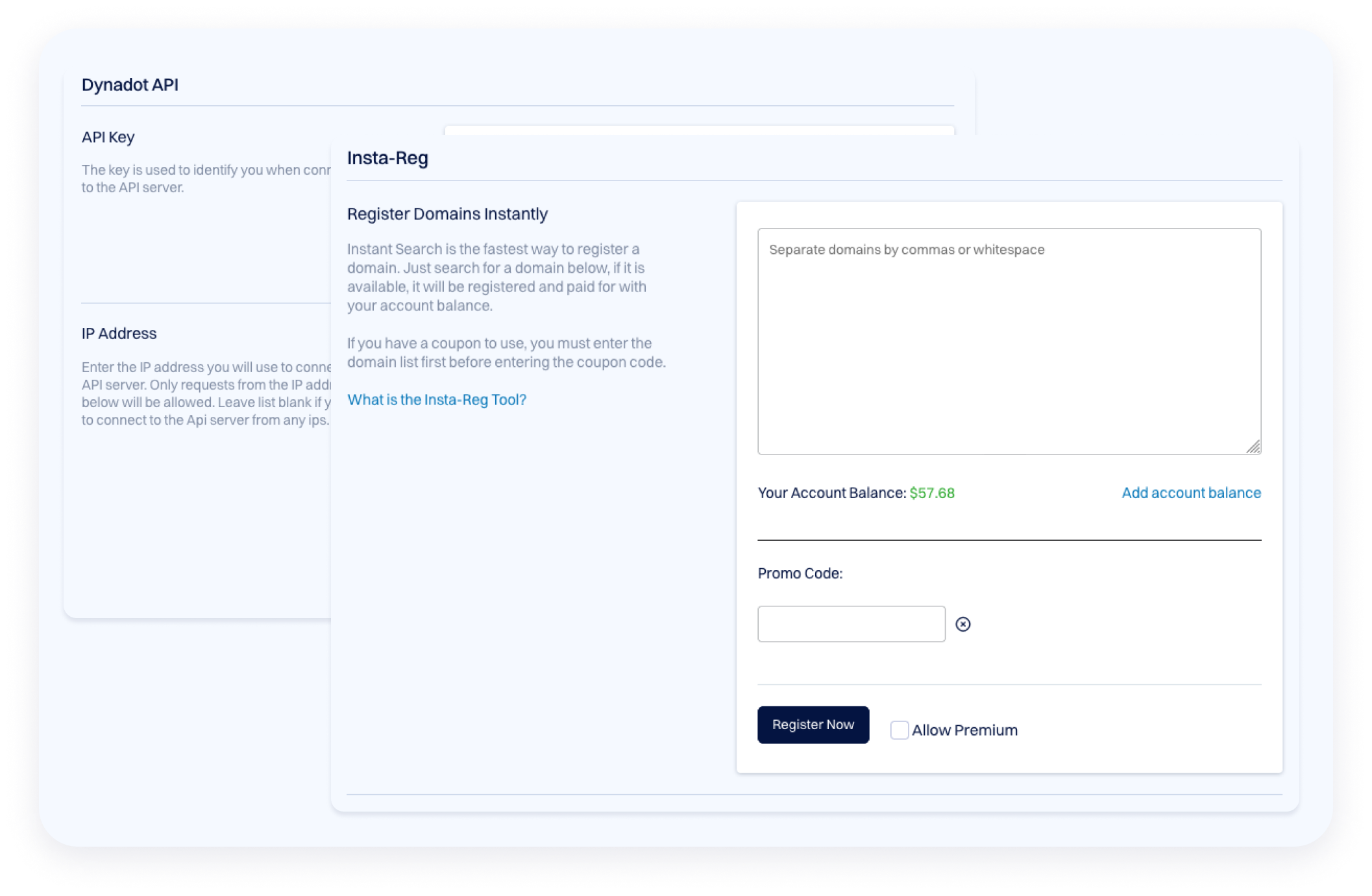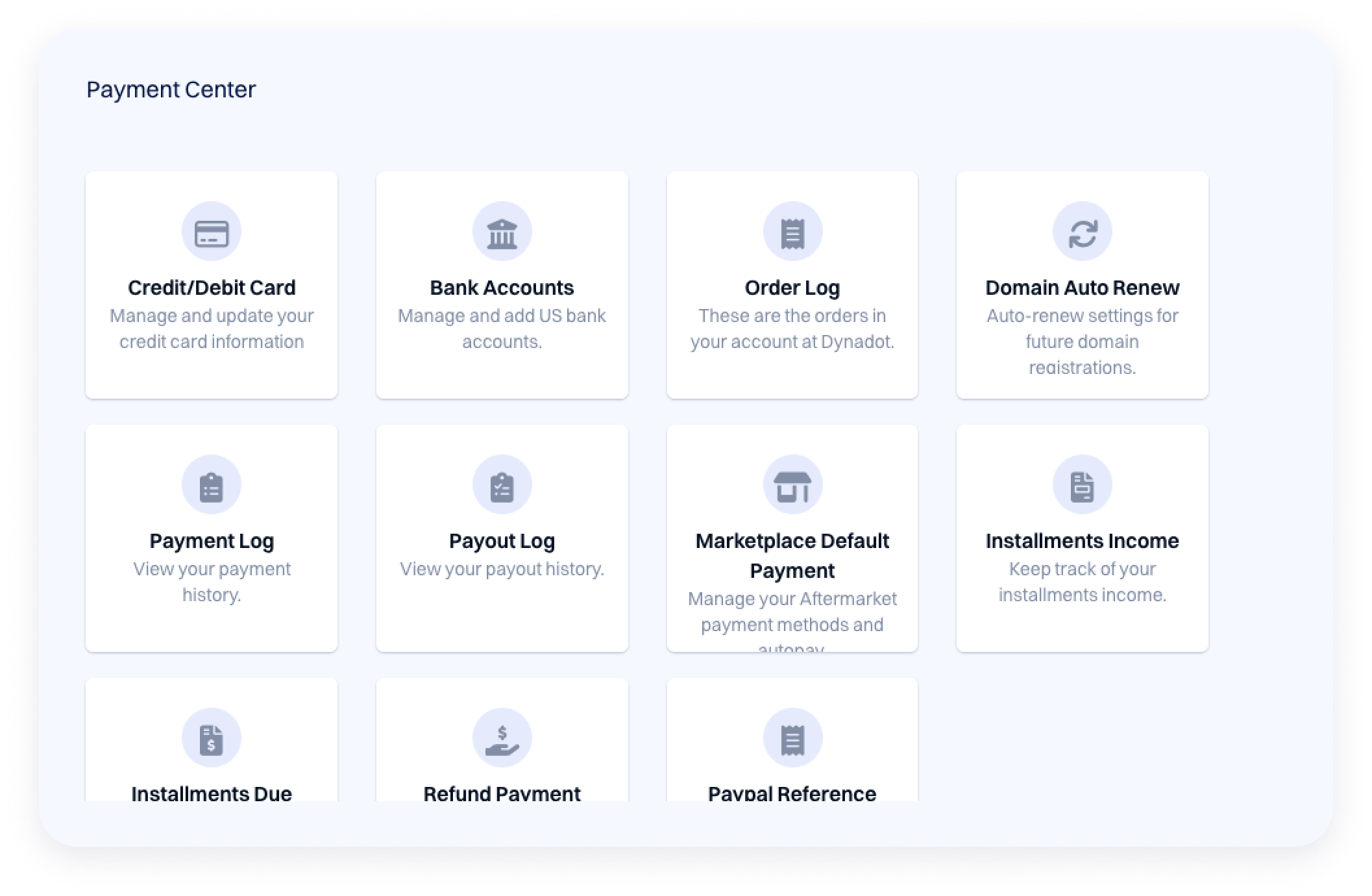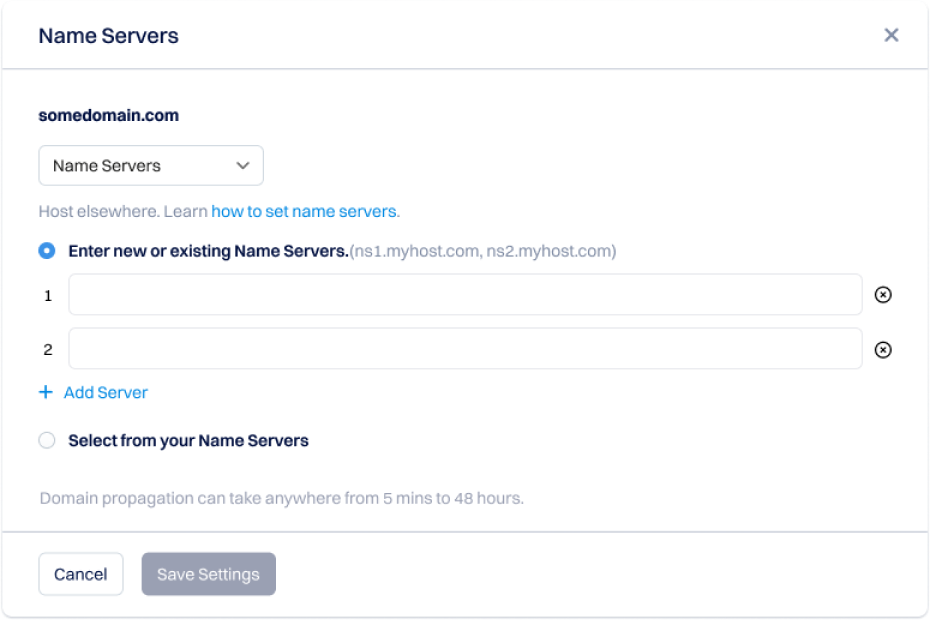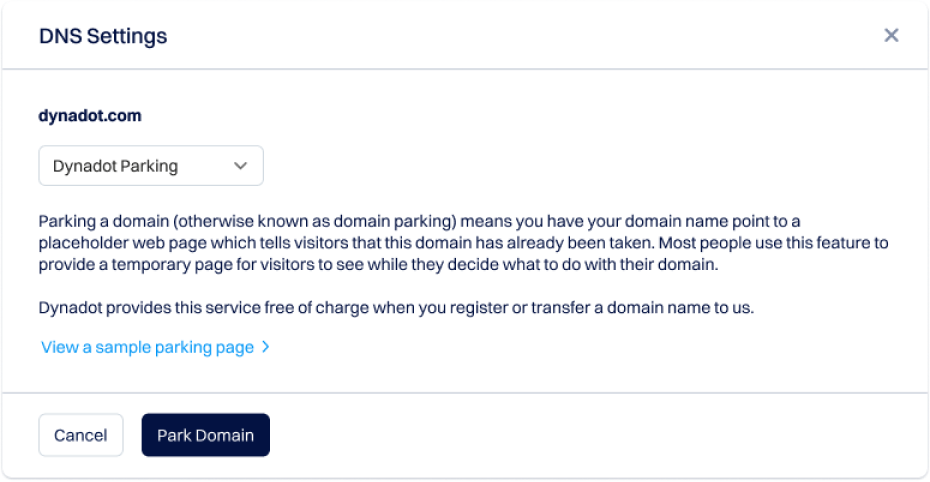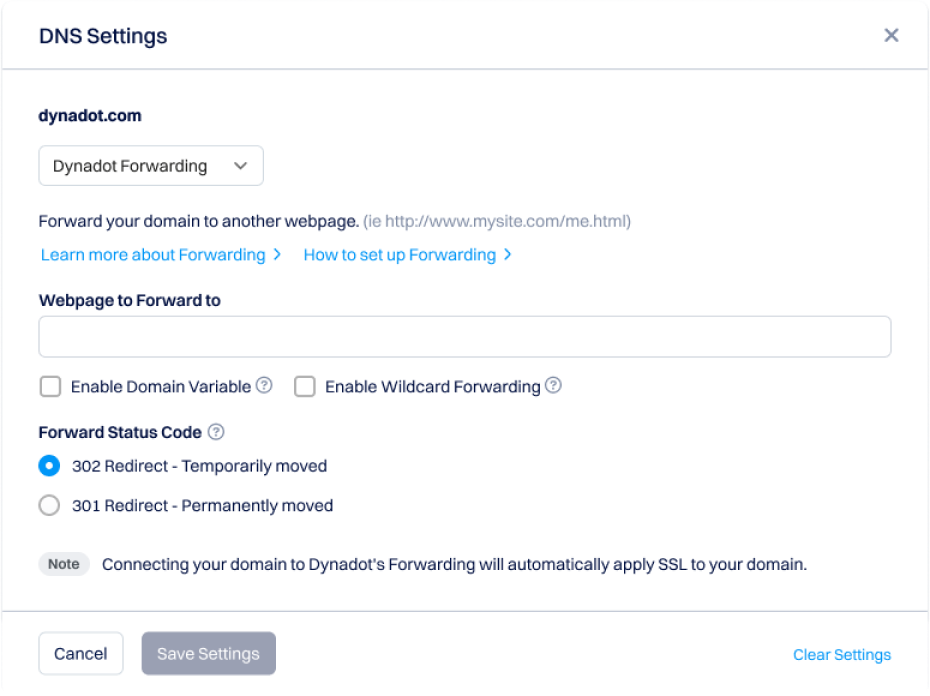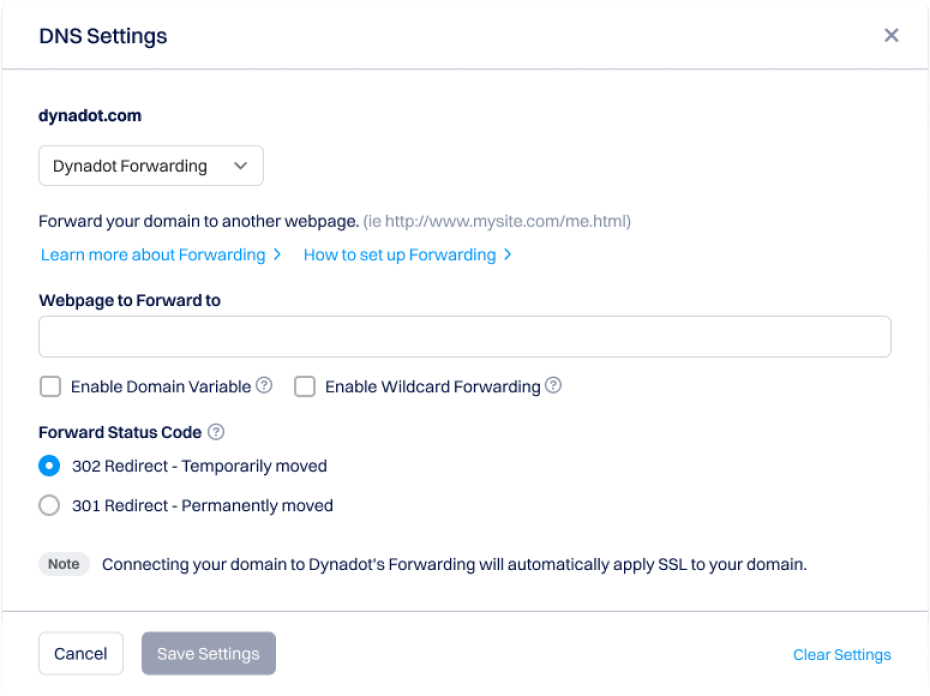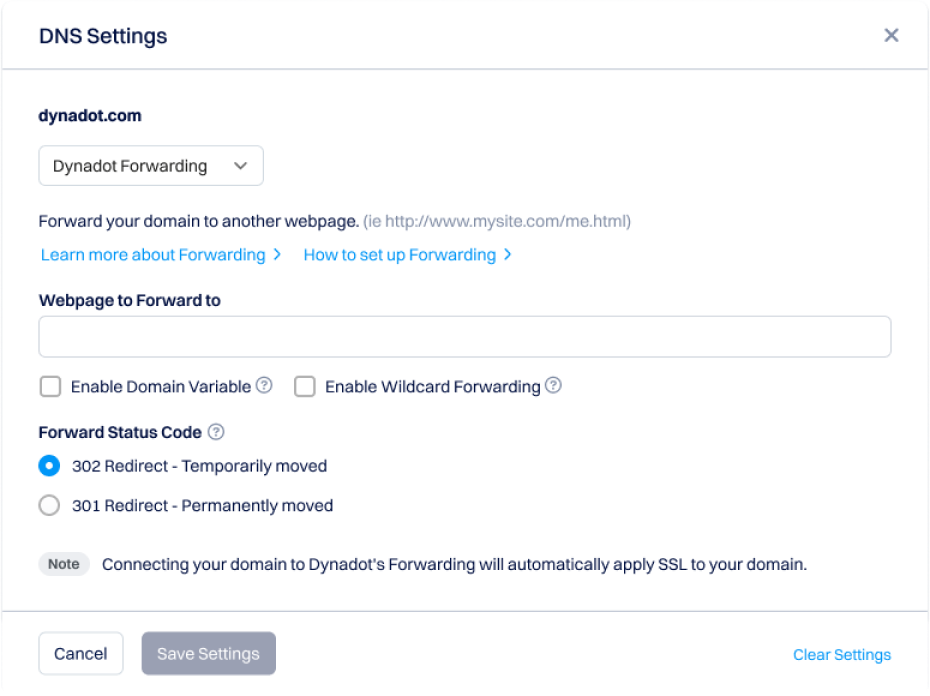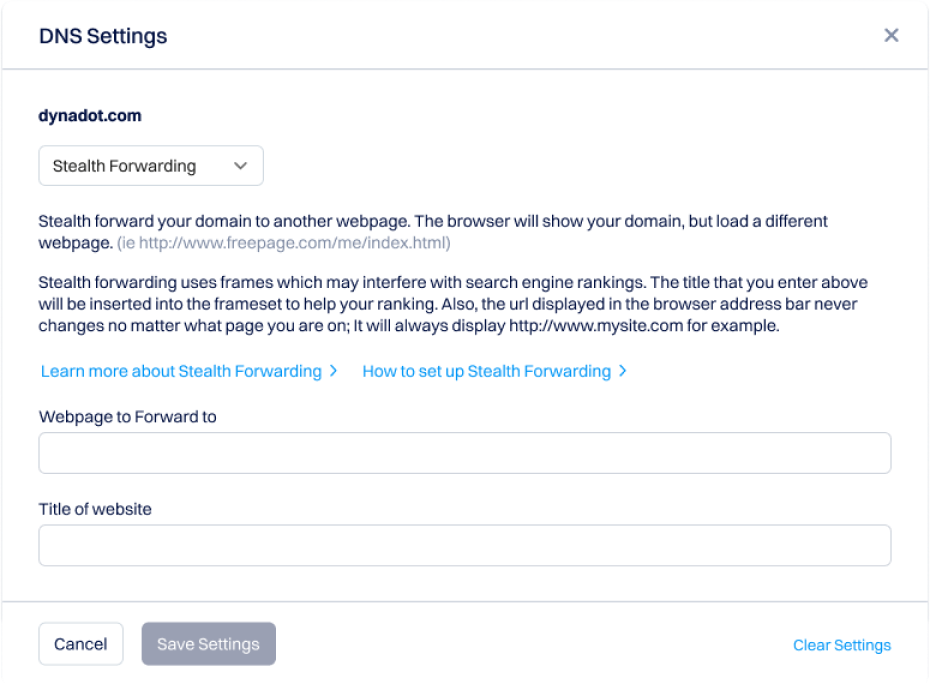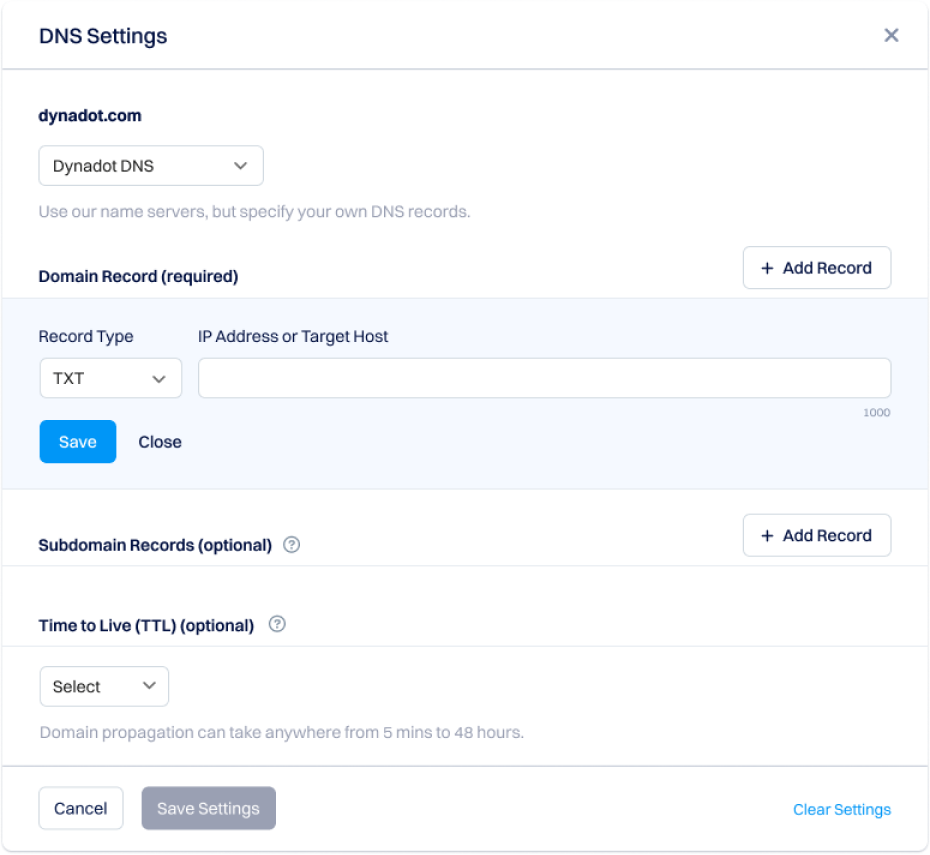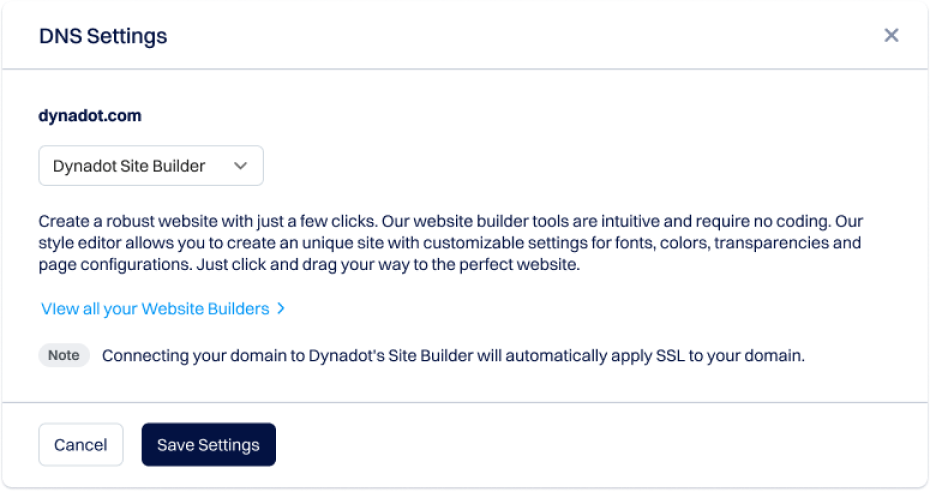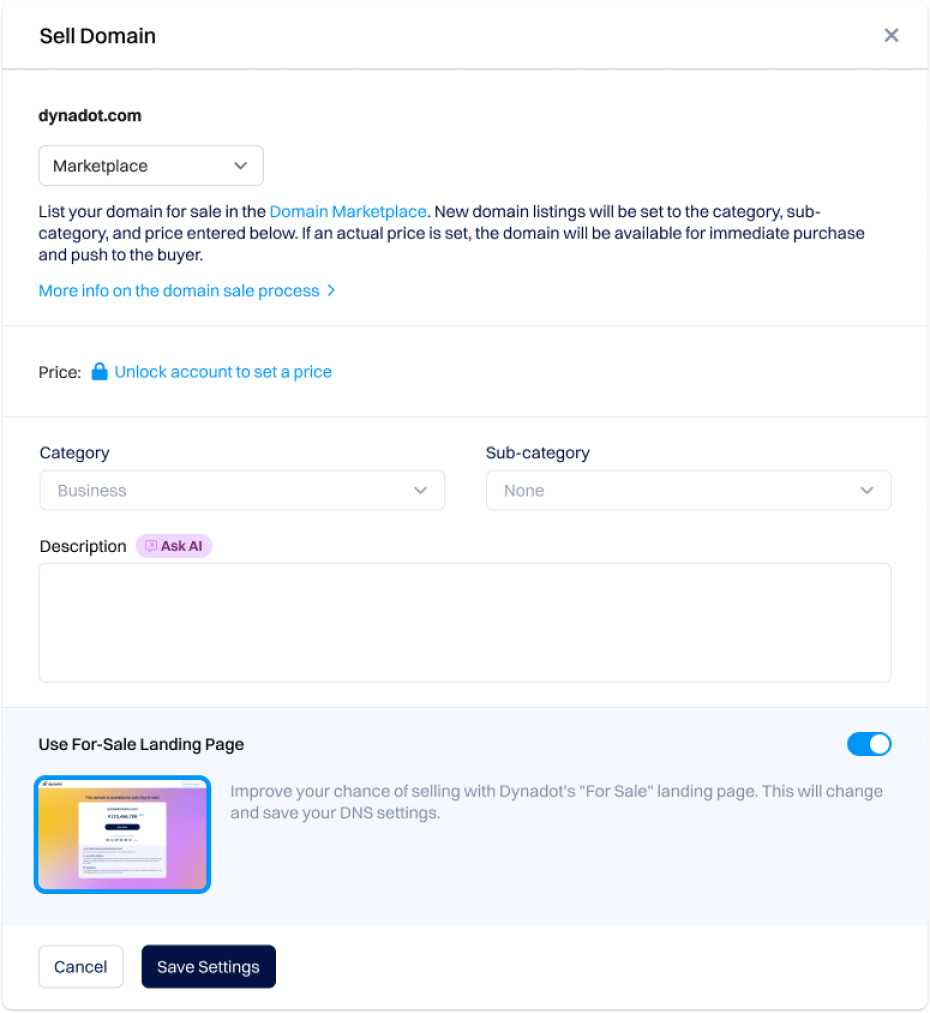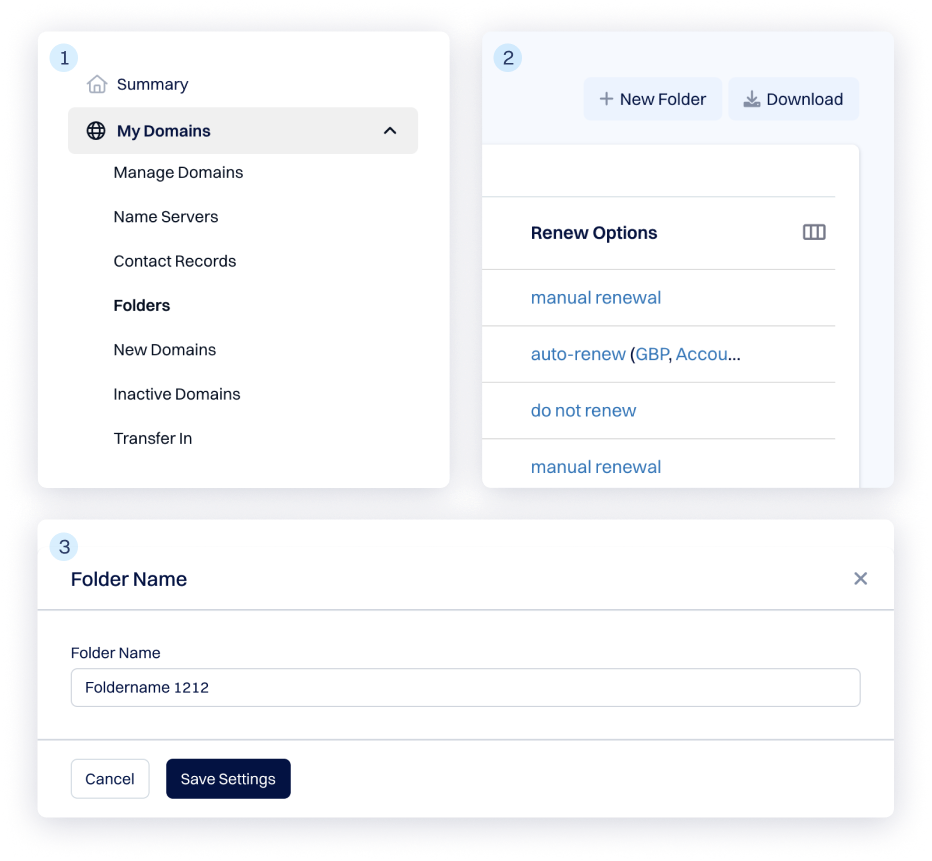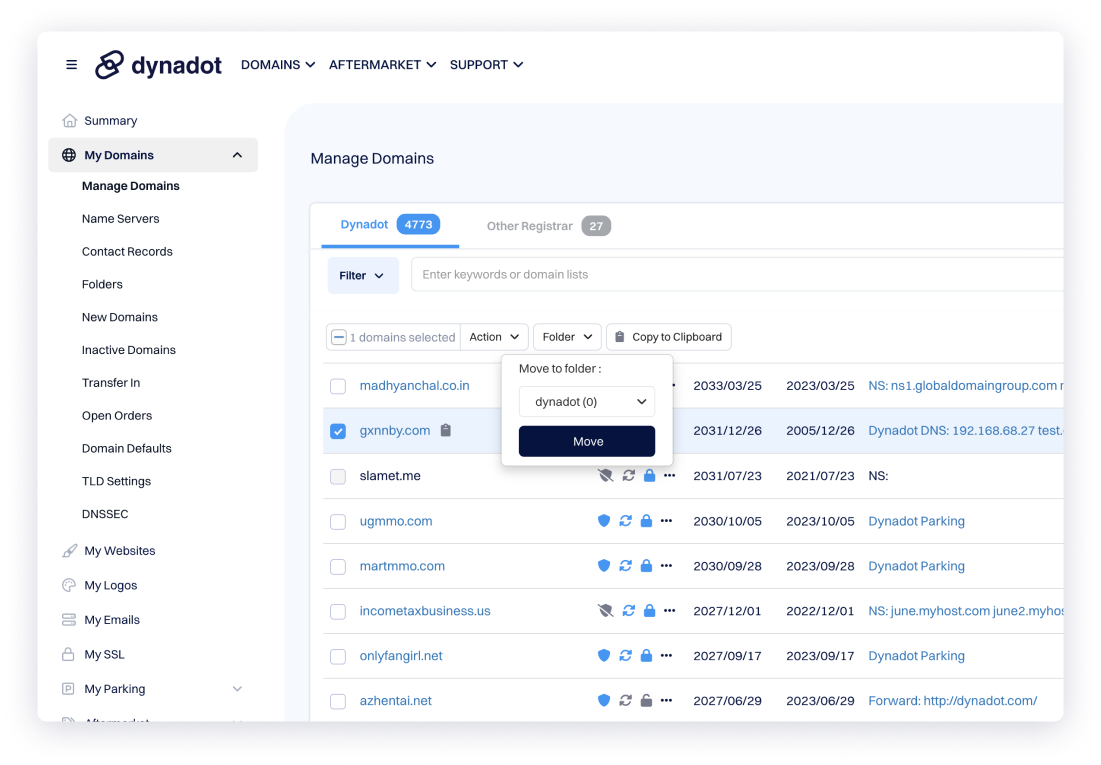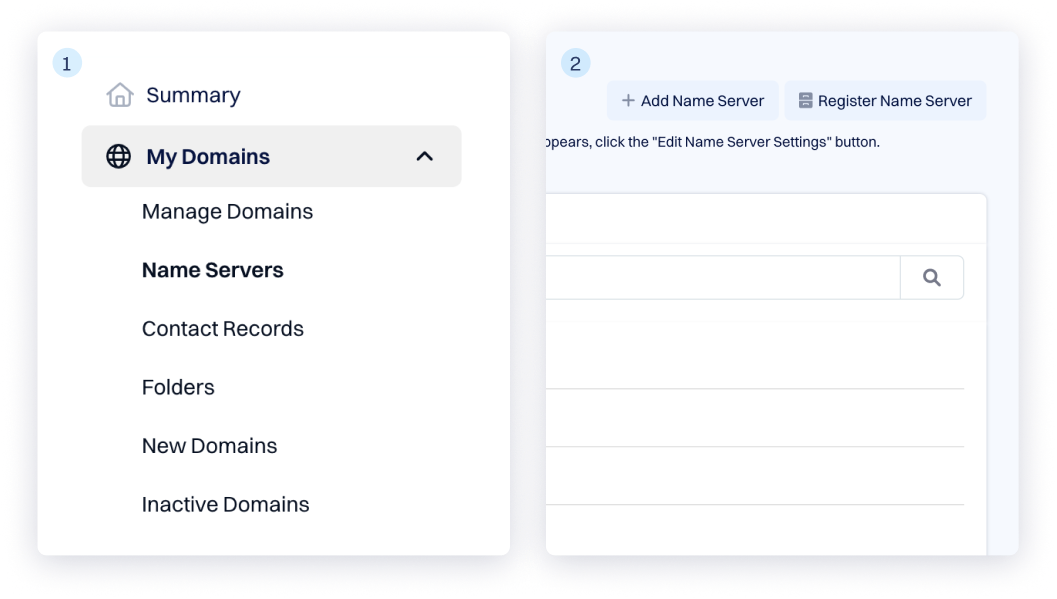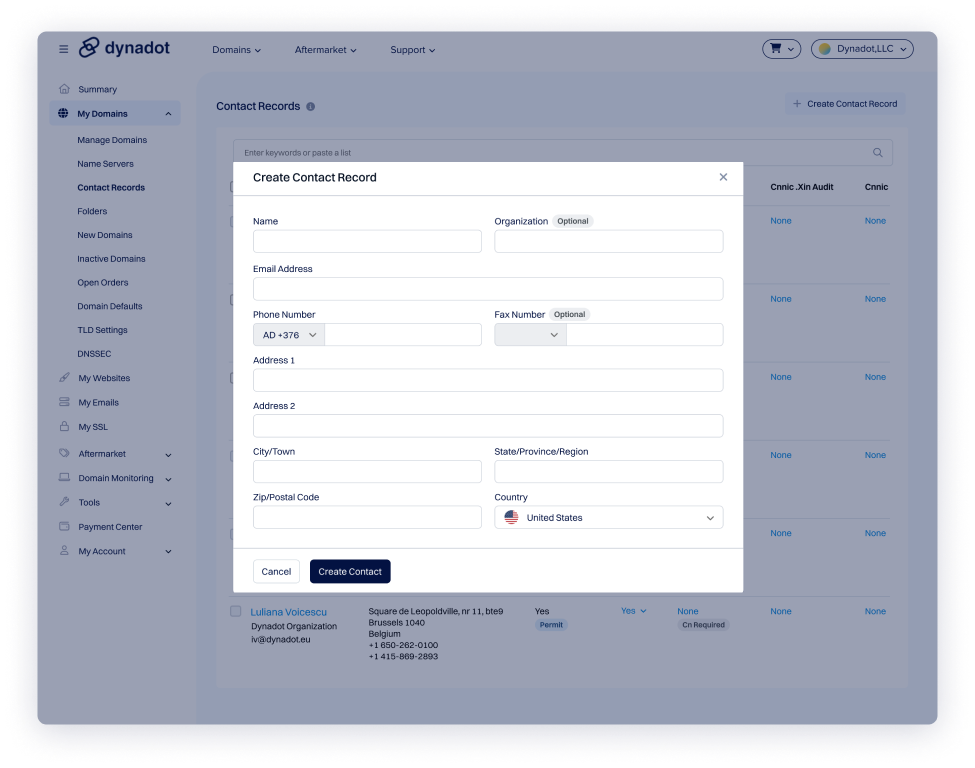Aftermarket
Manage Your Portfolio
 Affiliate
Affiliate Reseller
ResellerA domain name is a human-readable address that serves as a recognizable label to access websites. They make the internet a more accessible place by allowing a unique set of characters to be used in web browsers to take the user to an address, which generates a website's content.
This address is an important concept, as website information and data is stored on a web server with a numerical IP address (e.g. 88.239.44.1). Rather than having internet users manually type IP addresses to access websites, domain names were created to make the process more user-friendly.
To turn a domain name into an IP address, the Domain Name System (DNS) is used. Users can simply type a domain name into a web browser address bar and be automatically taken to the associated IP address without having to type a contextless series of numbers.
Domain names are made up of a top-level domain (like '.com') and a second-level domain (the website's name, such as 'dynadot' in 'dynadot.com'). They play a crucial role in branding, online navigation, and user engagement on the internet while having many different uses.
For those unfamiliar, it can be confusing that domains aren't connected to a website by default; after all, websites just load when domain names are placed into your address bar, right?
Web hosting is the service that provides the user's browser with the necessary files to load a website once a user enters the domain in the browser address bar. It's completely separate from the individual domain name you search for and register.
How does this fit with the domain name system already mentioned? To help understand the process, let's go through what happens when a user types a domain into an address bar.
To simplify, the domain name system is responsible for connecting a domain name with an IP address, which is then used to connect to the web server that contains the website's files and assets. Those files are compiled to load the website that users can engage with.
When it comes to web hosting, you can register domains before you've even acquired web hosting. Typically, many domain registrars (websites you can register domain names from) have a tool or service available that includes web hosting with the domain, such as our website builder.
Along your domain registration journey, you may come across domains with higher-than-usual prices. These domains often fall into the 'premium' domain category, which is where a domain is designated as valuable by the domain registry (organizations that own certain TLDs), which typically means it's a high-quality domain for either brands to use or for domain investors to leverage for their investing strategy.
Domains can be premium for many reasons. One of the most popular reasons being the keyword(s) included in the domain, followed by the brevity of the domain name. The price of a premium domain will vary, usually depending on what the domain name is along with the TLD.
 01.
01. 02.
02. 03.
03. 04.
04.
